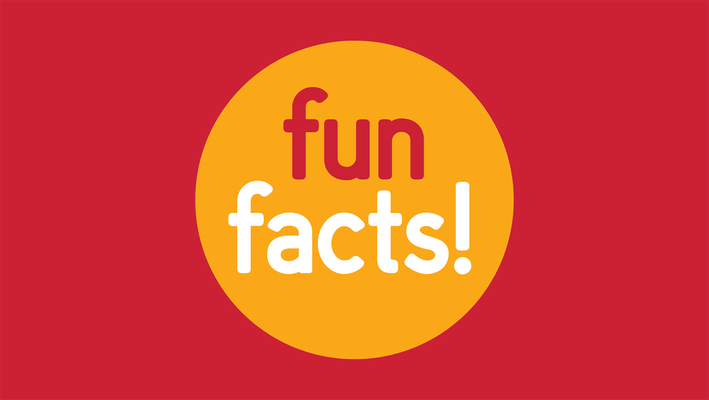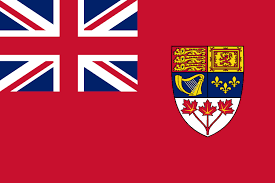
The maple syrup and maple leaf, both are what Canada is majorly popular for. It’s a country where kindness is promoted and ice hockey is played. The country is huge with ten provinces, making the world’s second largest country by area. It is popular for its scenic beauty and famous places like the Niagara falls. The country possesses a unique flag, making it stand out from the rest around the world.
The national flag of the country is characterized by a maple leaf, however to be more specific, has 11 points at the centre of the white background along with vertical red bands on the right and left side. It represents cultural heritage as well as peace, hope and harmony as the ideologies of the nation. Though before the maple leaf ever came into the picture, there were many others that Canada has used. Let’s talk about that below.
Early Flags
The Union Jack
Before and after the Confederation in 1867, Canada used the United Kingdom’s Royal Union Flag. It was used until 1965.The Canadian Red Ensign.
The Canadian Red Ensign

Another British flag which Canada used was Red Ensign, though primarily for navy during the 1890s. It was unofficially used on sea as well as land and was seen as a Canadian flag.
Creation of the National Flag – The Maple Leaf
In 1965, Canada had its own innovative national flag for which royal proclamation was signed by Queen Elizabeth II. Thereon, the flag was raised on the parliament hill on 15th February. The day has been considered so significant that 1996, it was declared as the National Flag of Canada Day. Today, this flag is one of the most recognisable ones in the world.
Without further ado, let’s head on to our interesting facts about the Canadian flag for kids.
- Vexillologists, who are flag experts, consider the Canadian flag to be the most beautiful one owing to its simplistic design and minimalism with colors.
- The flag is famous for the maple leaf which, in French means ‘one-leafed’.
- Around 5000 designs were collected before George Stanley’s maple leaf design was selected.
- The colors on the flag, red and black, were also declared as the official colors of the nation by King George V in 1921.
- The dimensions of the flag make it unique too. It is twice as long as it is wide which no other country uses.
- In 1984, the Canadian astronaut, Marc Garneau took the national flag into the outer space on NASA’s Challenger space shuttle.
- In 1982, a Canadian mountaineer Laurie Skreslet took the Canadian national flag to the highest point in the world, Mount Everest.
- The flag is around 56 years old.
- The maple leaf design was inspired by the Royal Military College of Canada.
- The flag is also referred to as the Canadian Pale.
- The largest Canadian flag was 38 metres in width and 76 meters in length. Around $15000 were invested to create that big of a flag.
- Ever since the flag was adopted, the Canadian government tried to promote it through various platforms like Canadian parliamentary flag program and others.
- These efforts have surely increased exposure to the national flag and created a national identity for the Canadians, making it one of the most recognisable flags in the world.
The Protocols of the National Flag
According to the Canadian Federal government, there are some rest to be followed when using the flag:
- The dimensions should not be modified or tweaked. They must be kept 2:1.
- Nothing should be pinned onto the flag nor sewn.
- It should not be covered by other objects.
- Damaged flags must be treated with respect and replaced with new ones. The damaged ones must be recycled in a dignified manner.
- The flag should never be lowered to the ground to pay salute or compliment to anything or any person.
- When the flag is raised or lowered, whether in a parade or otherwise, men should remove their hats, face the flag and stay quiet out of respect.
- The flag should always fly alone on its own pole. It can be flown at night too, without being lit up.
- The national flag must never be used as a seat cover or be used to cover a statue.
- It should never be stepped upon and must be given priority over other national flags within Canadian grounds.
Concluding Note:
Undoubtedly, the governmental efforts have been successful at creating an excellent reputation of the flag along with maximizing awareness about it. The protocols are strictly followed within the Canadian grounds as well as outside it. As peace loving country, its flag too has that aura of tranquility too. Beside the element of peace, the citizens are patriotic about their nation and it’s flag too. Most of their sentiments are attached to it and they celebrate the national flag day of Canada too.
